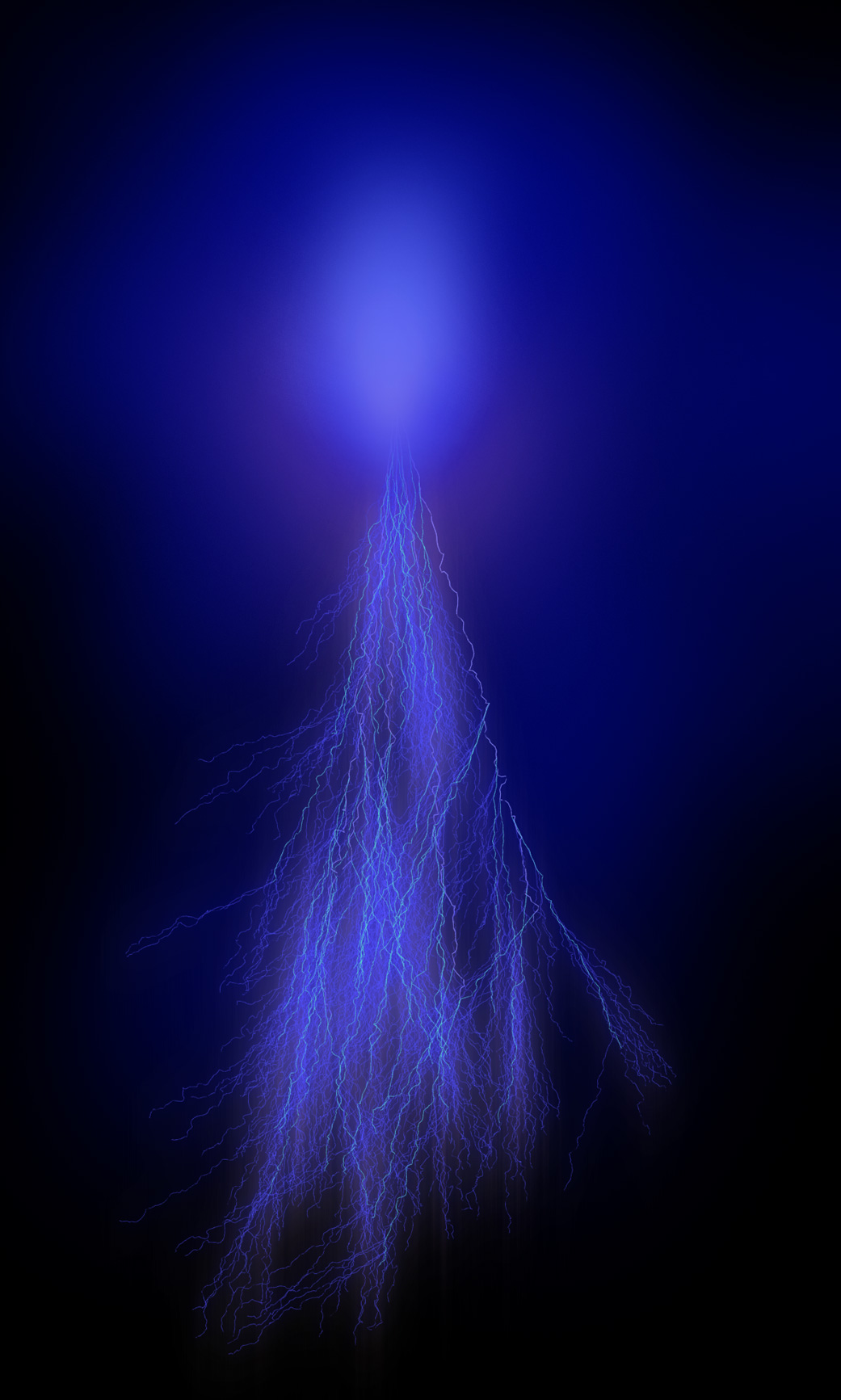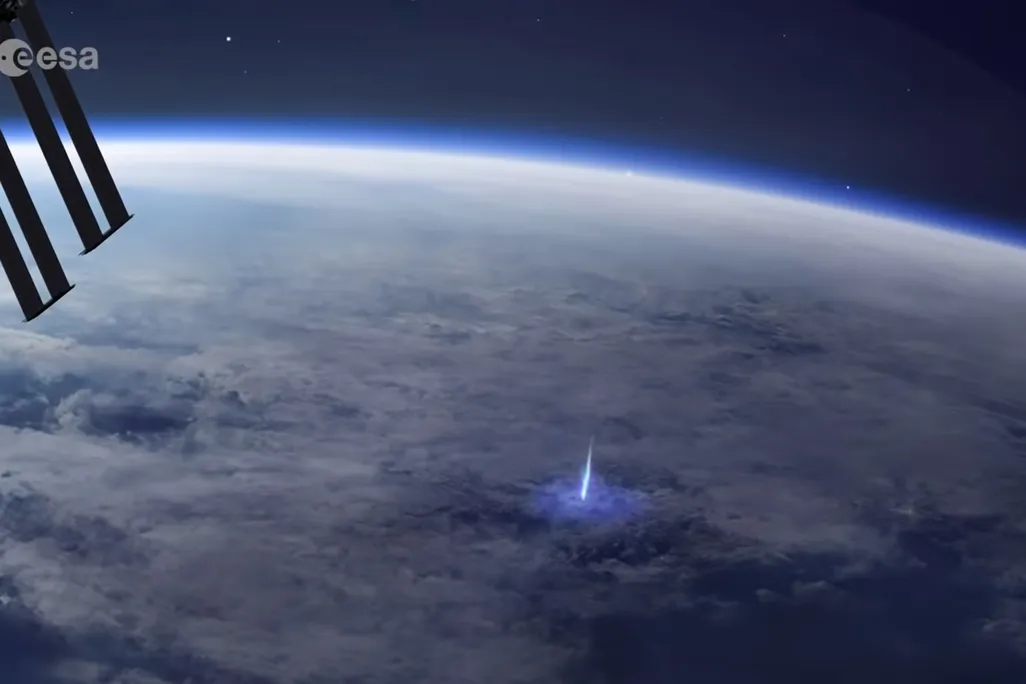

If you were asked the question “What phenomena is typically seen during a thunderstorm?”, the first response you may hear back is lightning. While most of us associate this electrical zap of light as the interaction between a storm cloud and the ground, did you know that a similar phenomena can occur above a thunderstorm? These flashes of light are called “transient luminous events,” or “TLEs” and come in a variety of types. Let’s look at some of these types in detail below.
![]()
Image Depicting Different Kinds TLEs & Their Locations In The Atmosphere. Courtesy of NOAA
One of the most well-known examples of TLEs are sprites. Sprites are usually reddish or even sometimes greenish blue in tone and resemble the image of a jellyfish or carrots in the area above a thunderstorm. They develop within the mesosphere, generally 50 to 90 km (about 30 – 55 miles) above the Earth’s surface. The first documented evidence of a sprite was provided in 1989 by a team of researchers, though reports of sprites being observed occurred within several decades prior. The term “Sprites” was coined by Dr. Davis Sentman from the University of Alaska, taking inspiration from examples of mischievous characters in Shakespearean plays, due to the very quick nature of this phenomena. Sprites are usually expansive but last less than a second in time, making it very hard to spot without a high powered and sensitive camera at night. While they are typically red in hue on Earth, thanks to our atmosphere's composition, below is an example of what they look like in Jupiter's hydrogen-rich atmosphere.

Image of a Sprite on Jupiter. Courtesy: NASA
Jets are another type of TLE, which protrude from the top of an electrically active thunderstorm. Jets are further divided into three categories: blue jets, blue starters, and gigantic jets. Blue Jets last only about a couple tenths of a second and are typically blue in color, hence the name. Blue jets shoot up from the cloud tops in a cone-like shape, disappearing when they reach about 40 – 50 km high. Blue Starters are very similar, but do not reach as high in altitude. Gigantic jets are among the brightest TLEs and are the rarest of the jets, as they occur more often in oceanic thunderstorms. Gigantic jets can resemble sprites; however, they originate from the core of thunderstorms and rise upward in altitude rather than originating in the area above a thunderstorm. Gigantic jets can sometimes last nearly a full second in length, rising further than a blue jet, even sometimes even into the ionosphere.

Artist Rendition Image of a Blue Jet from Space. Courtesy: European Space Agency (ESA)
Lastly, we move onto elves. Elves is actually an acronym which stands for: "Emission of Light and Very Low Frequency perturbations due to Electromagnetic Pulse Sources." They are typically disc shaped and exist above a thunderstorm in the ionosphere (roughly 100 km or 60 miles above the earth's surface). Elves can span hundreds of miles wide, though, much like the other mentioned TLEs, they are very quick. These last less than a thousandth of a second, making it very difficult to capture on camera and impossible to see with the naked eye.

Rendering of an ELVE in the upper atmopshere. Courtesy: Birkland Centre for Space Science and MountVisual
These examples are the most researched TLEs out there, but they certainly are not the only ones. Other phenomena under this category are speculated to exist, but the knowledge surrounding them is not expansive enough with little to no research. Examples of these lesser known TLEs are trolls, pixies, ghosts, gnomes, and even the illusive ball lightning. These names certainly continue the whimsical and mischievous theme of these elusive phenomena. So the next time you happen to see a thunderstorm in the distance, make sure to look above it (safely, of course). You may be able to spot a hint of one of these phenomena, perhaps more likely if you have a really good camera!